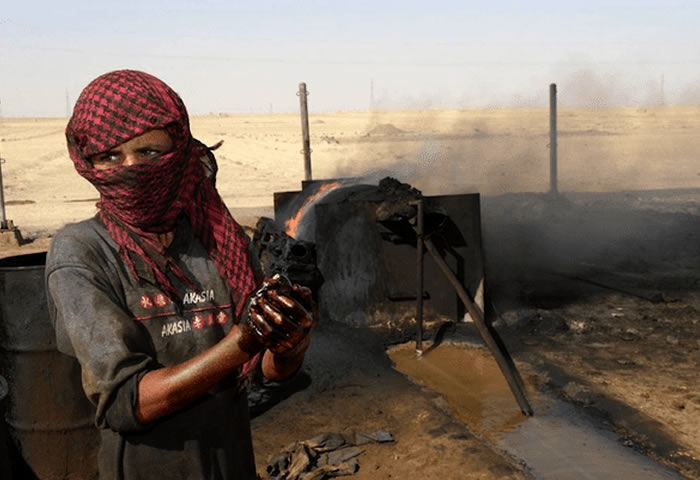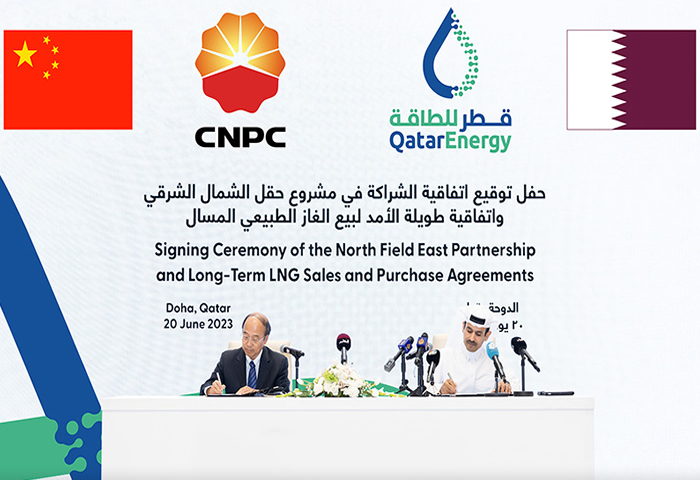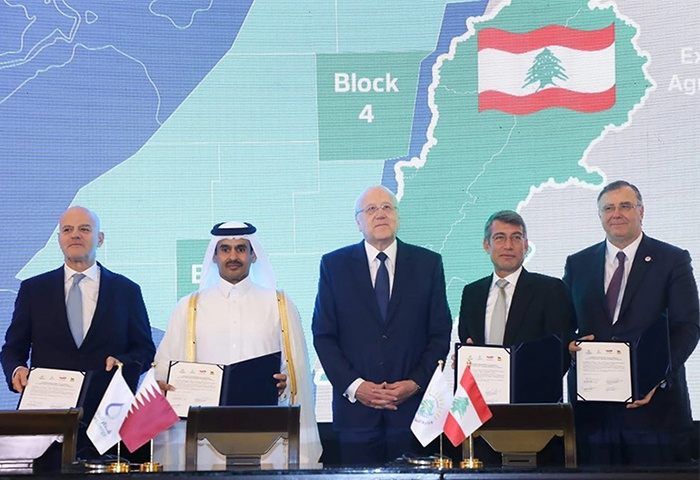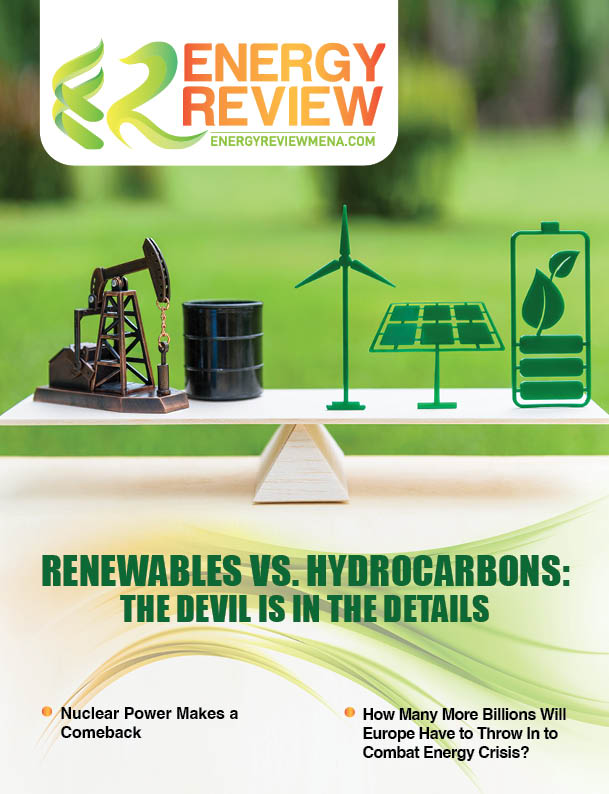Since 2011, the oil and gas sector has been impacted by violence and sanctions. Energy infrastructure has been damaged, wells have been set on fire, and oil and gas have been plundered and smuggled out of the country. Infrastructure projects have been put on hold due to insecurity, and many international oil companies have suspended operations due to either insecurity or to abide by sanctions.
In international terms, Syria plays a small role as an oil producer but has strong potential as an energy transit hub. In fact, the country has pipeline connections to Egypt, Jordan, Lebanon, and Iraq, while additional pipeline projects have been stalled due to the conflict. Analysts have argued that regional competition over access to pipeline routes and international energy markets has shaped foreign involvement in the Syrian conflict.
Weak production has forced President Bashar al-Assad's regime to import oil, but Western sanctions on Damascus and Tehran are hampering incoming tankers.
Here's an overview:
Who controls what?
In 2013, Syria's oil reserves were estimated at 2.5 billion barrels, and gas supplies at 241 billion cubic meters (8.5 trillion cubic feet). Control of these is split between the regime and the Kurdish-led Syrian Democratic Forces who have been fighting the Islamic State group.
The US-backed SDF control Syria's largest oil field in Al-Omar in the eastern province of Deir Ezzor, as well as the nearby Tanak and Jafra fields. They also hold the Rmeilan field in the northeastern province of Hassakeh, as well as other smaller ones there and in the northern province of Raqa.
The Russia-backed regime, meanwhile, holds the country's largest gas field in Shaer, as well as those of Sadad and Arak. It also controls some oil fields in Deir Ezzor, Raqa, and the central province of Homs.
What's the damage?
Before the war, oil and gas were key to the country's economy. In 2010, they contributed in about 35% of export earnings and 20% of state revenue, the Syria Report economic publication says.
After war broke out in 2011, production plummeted as fighting and bombardment destroyed infrastructure, and the government lost control of its largest fields. International oil companies suspended activities, including to comply with Western sanctions on the regime.
Up to $74.2 billion in revenue have been lost in the war, Oil and Mineral Resources Minister Ali Ghanem has said.
Crude oil production plunged more than 99% between 2010 and 2016, from 385,000 barrels per day to just 2,000, according to figures provided by Ghanem in April.
Natural gas production fell 69% from 21 million cubic meters per day to just 6.5 million over the same period.
But since the regime took back Homs oil and gas fields from IS jihadists in 2017, production has increased to 24,000 bpd for oil and 17 million cubic meters for gas, according to the minister. But this is just 20% of Syria's oil needs, and between 60 and 70% of its gas requirements.
Are sanctions biting?
After production plummeted, Damascus had to resort to importing hydrocarbons to fulfil its needs.
The Syrian government turned to ally Iran, who opened up a credit line to supply it with oil. But Western sanctions on oil shipping, as well as US punitive measures against Iran, have complicated imports.
In November, Washington slapped fresh sanctions on Tehran, accusing it of creating a complex web of Russian cut-out companies and Syrian intermediaries to ship oil to Damascus.
From October 2018 until beginning of May this year, no oil tanker reached Syria, pro-regime Al-Watan newspaper has reported.
A fuel and gas crisis hit regime-held areas this winter and spring, causing the government to take austerity measures.
Damascus also accuses Egypt of having closed the key Suez Canal shipping lane to vessels heading to Syria.
Most recently, Britain detained a tanker carrying Iranian oil on suspicions it was heading to Syria, but Tehran denied that was its final destination.
Last month, Damascus accused an unnamed foreign entity of “sabotage” of underwater pipelines to its Banyas oil refinery on the Mediterranean.
What are the options for Damascus?
With the country's most important oil fields in the Far East still out of reach, Damascus faces two options: strike a deal with the SDF, or military reconquest.
The Kurdish-led forces have in the past insisted that any deal with the regime would have to ensure an equal sharing out of oil and gas.
Before the war, crude extracted in the east was transferred to either Homs or Banyas to be refined, whereas Syria's Kurds only have small refineries designed to meet just local needs.
Yet the regime taking back military control of the eastern oil fields would allow Syria to be self-sufficient in all petroleum products, according to the oil minister.
During the conflict, the regime has bought oil from Kurdish and IS-held areas to secure part of its needs, several sources have said.
Analysts say revenues from the oil and gas sectors are likely to be key in rebuilding Syria should a peace deal be struck and sanctions lifted so exports can resume.









